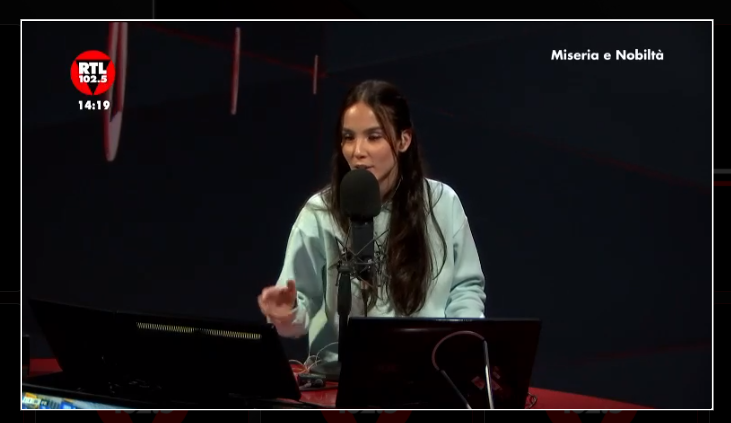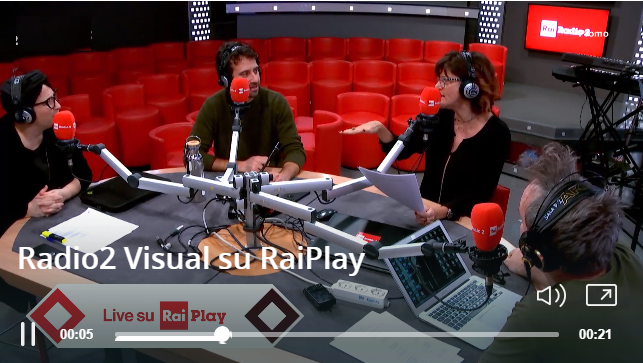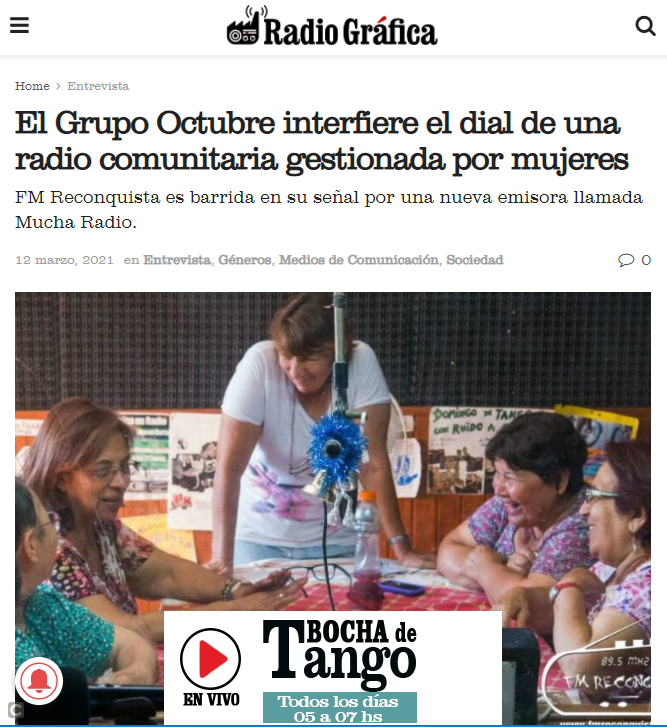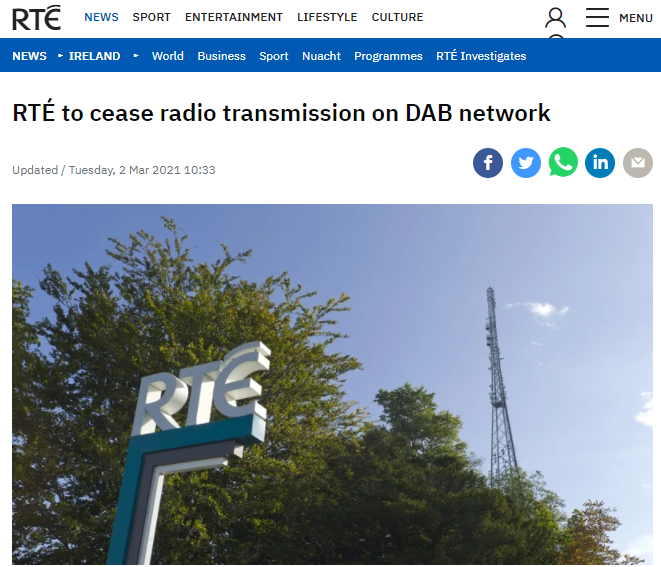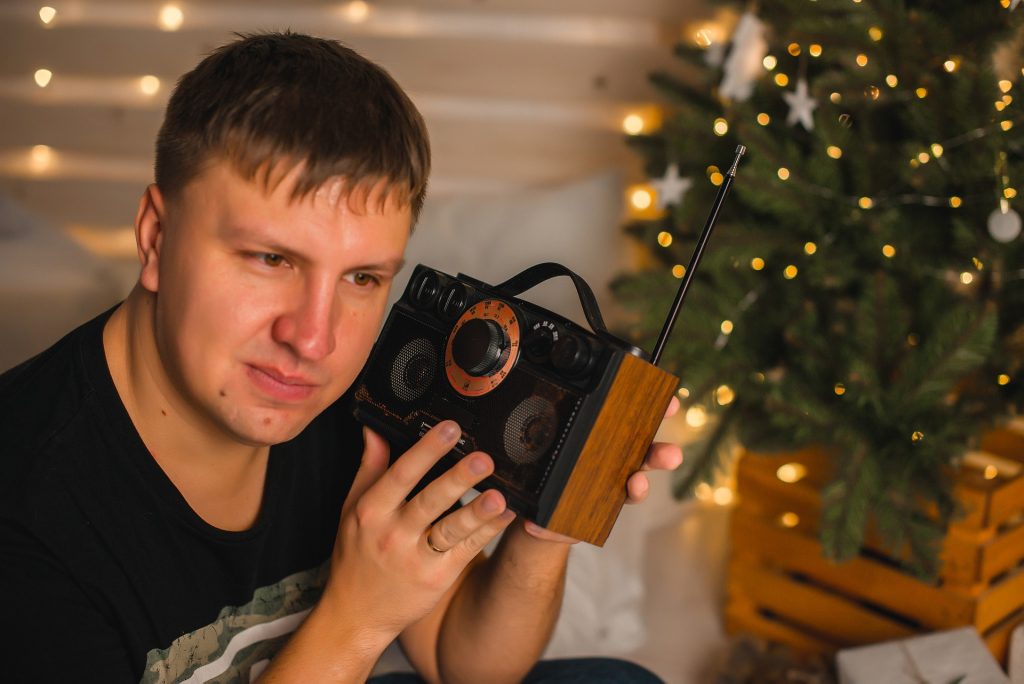
During the Cold War, the FM band in Eastern European countries was different. Radio stations transmitted between 65.8 and 74 MHz (except in East Germany), called the OIRT band; frequencies used in the West by television. As a result, citizens could not pick up signals from capitalist countries, and vice versa. With the fall of the Berlin Wall, the band was gradually abandoned, but there are still several nations in Europe that have not switched off all their OIRT transmitters: Belarus, Moldova, Russia and Ukraine. In recent years, however, the decommissioning of the band has accelerated and the signals are now drastically reduced. In a number of articles, we examine the situation in each country.
Russia: in large cities the switch off goes slowly
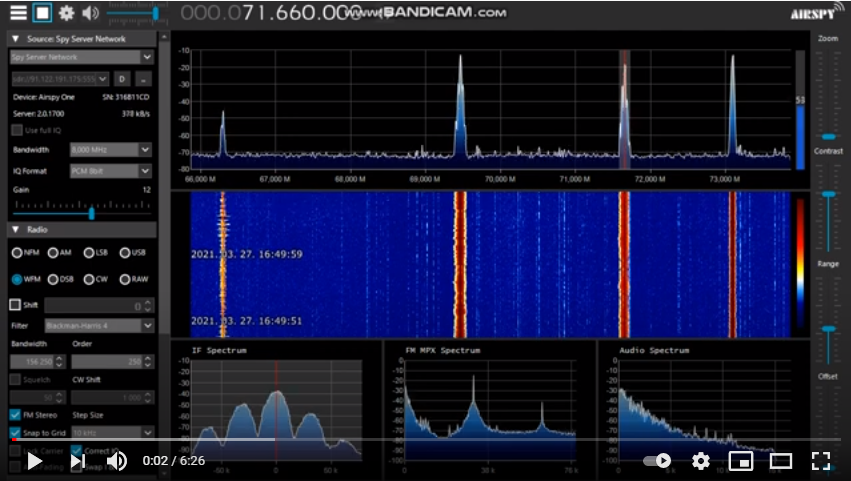
Source
In the report published in 2020, we talked about the decision of the government to move the broadcasters from the OIRT band to the CCIR (87.5-108.0 MHz). The state-owned Radio Rossii, which has already deactivated many installations, proceeds to switch off as soon as the communications authority makes available a frequency in the CCIR band. The switch-off has gone fast in the most peripheral areas of the endless Russian Federation, where the band is free, but it is going slow in the biggest cities, where the band is close to saturation. It also does not help that Russia uses a very “wide” channel spacing: in Moscow, the standard distance between stations is 400 kHz (while in many European countries it is 300 kHz, and drops to 200 kHz in some large Italian metropolitan areas). So in St. Petersburg, there are still four frequencies active in the OIRT: Rossii on 66.3 MHz, Radio Peterburg on 69.47 MHz, Orfey on 71.66 MHz, and Grad Petrov on 73.1 MHz. On YouTube you can listen to a scan of the OIRT band, recorded on March 27, 2021, and hear the four stations. In Moscow, only 66.44 MHz (Rossii from Ostankino), 68.0 MHz (Avtoradio), and 72.92 MHz (Radio Radonezh) are active. In the Kaliningrad Oblast (Russian enclave wedged between Latvia and Poland), 65.9 MHz and 66.02 MHz of Radio Rossii have been switched off, and only 72.11 (Radio Shanson) is on air.
By Franco Martelli, part 1-continues




